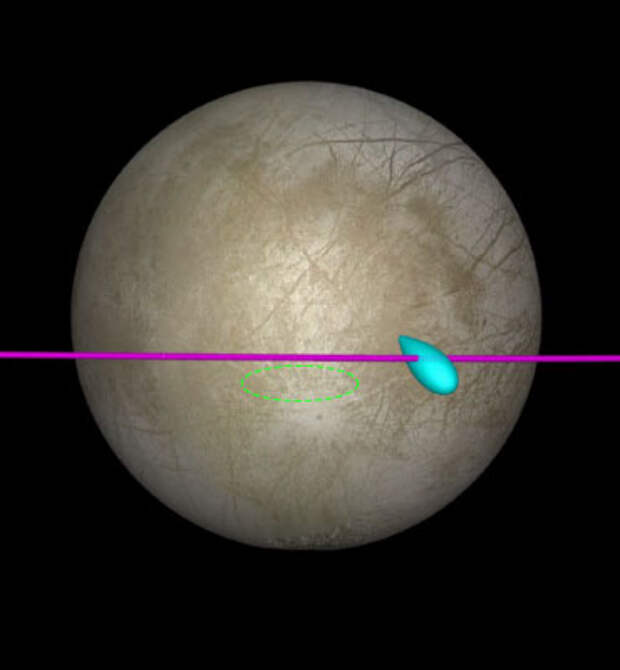Author: Lisa Grossman / Source: Science News

Jupiter’s icy moon Europa may have been spitting into space for at least 20 years.
Analyzing old Galileo mission data suggests that the NASA spacecraft flew through a plume of water vapor from the moon during a 1997 flyby, researchers report May 14 in Nature Astronomy.“We now have very compelling support for the idea that Europa does possess plumes,” says study coauthor Xianzhe Jia, a planetary scientist at the University of Michigan in Ann Arbor.
Whether the moon, Jupiter’s fourth largest, has such geysers has been a lingering mystery. One of the most tantalizing results from Galileo, which orbited Jupiter from 1995 to 2003, was evidence that Europa harbors a deep ocean of liquid water beneath an icy shell. Then in 2012, data from the Hubble Space Telescope revealed high concentrations of charged hydrogen and oxygen atoms, or ions, over Europa’s southern hemisphere, a potential sign of water vapor escaping into space (SN: 1/25/14, p. 6).
The putative plumes have played peekaboo ever since (SN Online: 1/11/18), continuing to intrigue astronomers hoping to search the moon’s water for signs of life.

The post Another hint of Europa’s watery plumes found in 20-year-old Galileo data appeared first on FeedBox.